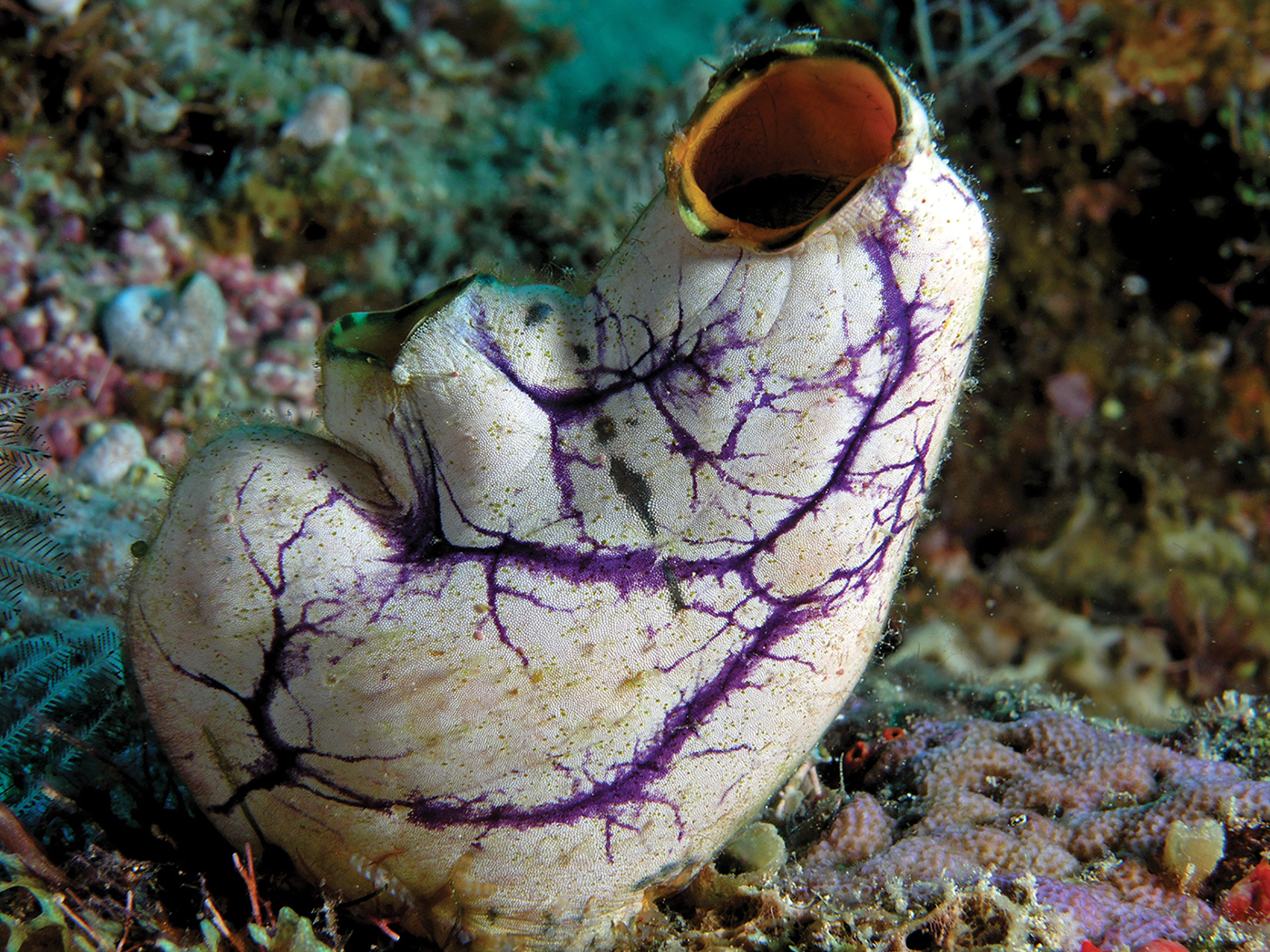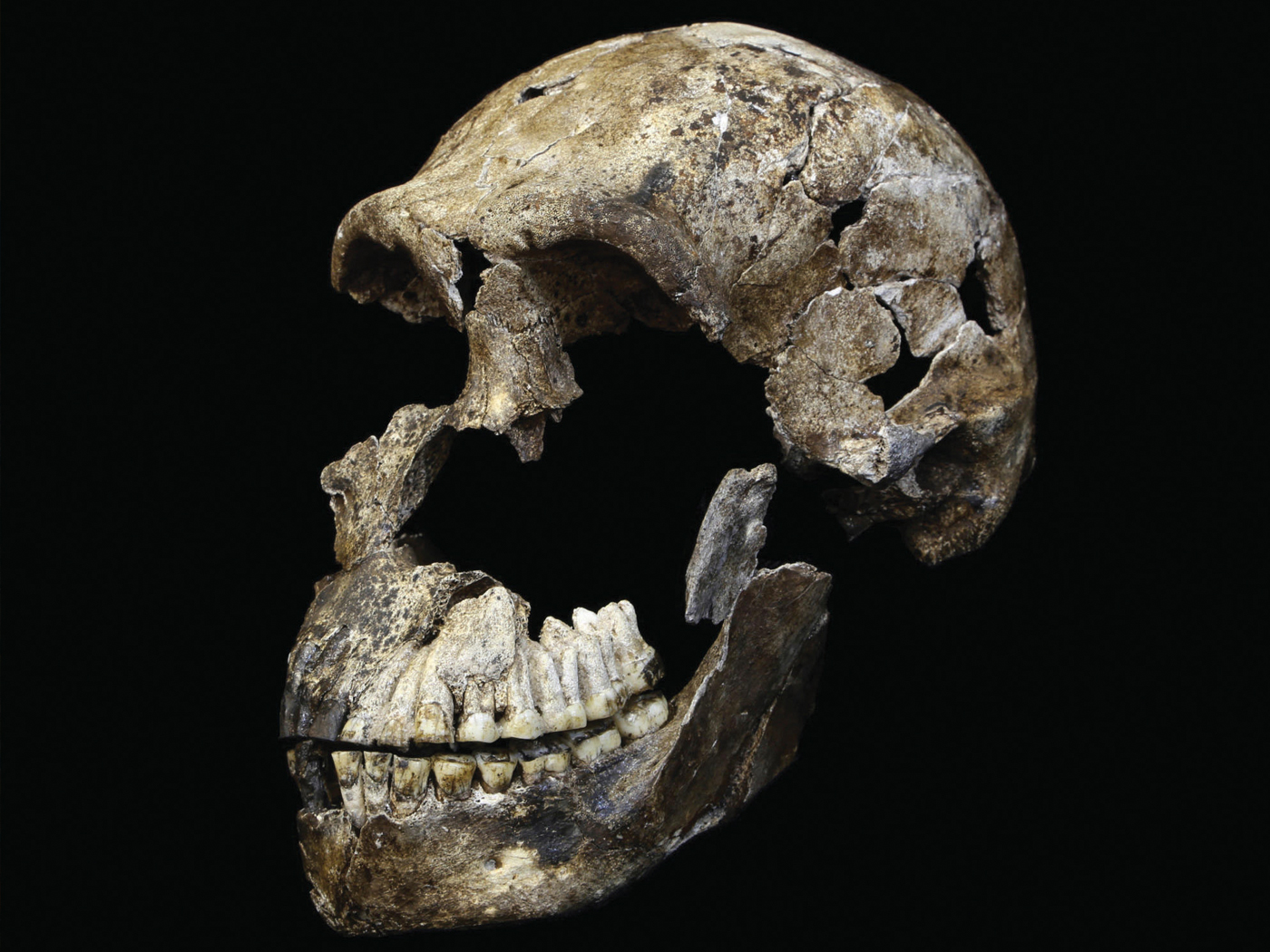The famous Confuciusornis sanctus fossil from China's northeast Liaoning Province contains patches that appear to be residue from the bird's original tissues. Long evolutionary ages should have made this impossible, since any such biological material would have completely decayed into the tiniest of its constituent chemicals millions of years ago.
But although the fossil is supposedly 120 million years old, researchers recently confirmed the presence of original organic material. There is a serious problem with this fossil's age assignment.
The scientists used state-of-the art synchrotron X-ray techniques to confirm that certain metals were concentrated in bone and feather areas, and that those metals are held in place by bird proteins.1 For example, they were able to generate a calcium-only image that showed the exact outline of each bone.2 Calcium is a metal that is integrated with specific proteins used in the construction of tough tissues such as bone and feathers.
In a study published in the journal Science, the researchers found that the calcium and copper present in the fossil had not leeched into the bones and feathers from surrounding materials. Instead, they are in the same distribution as that in the bones and feathers of modern birds. The study authors wrote that these metals "are present in fossils as organometallic compounds most likely derived from original eumelanin."1
Eumelanin is a pigment, an organic molecule integrated into feathers to give them dark coloration. Other news headlines reporting on this study suggest that the extinct bird's feather colors have been at least partly revealed.3, 4, 5, 6 Clearly, certain feathers…probably colored black in the original bird…still contain high concentrations of the metals that are associated with original eumelanin.
But none of these reports addressed, let alone attempted to actually answer, how original soft tissue such as bones, feathers, and eumelanin could possibly still exist after 120 million years!
Uwe Bergmann of the SLAC National Accelerator Laboratory, who helped conduct the X-ray scans of Confuciusornis, said in a Stanford University online video, "We did find that there is, actually, a stunningly remarkable preservation of pigment."3 These scans of the ancient feathers were "stunningly remarkable" precisely because of their supposed vast age. In other words, since the preserved feathers look so much like modern feathers, and since bones and feathers always decay after death, the "120 million year" age assignment is wrong.
Geochemist Roy Wogelius said in an SLAC press release, "We found a way to map it and show its presence over 120 million years of geological time passing."7 They did show that the pigment is real. But they did not show it persisted over millions of years. In fact, "its presence" nullifies the "120 million years." And this study is now included in a list of over forty others that also show original soft tissues have been preserved in fossils from all over the world.8
Using common sense instead of the "millions of years" indoctrination conferred on students through standard education, a child might reasonably ask whether the Confuciusornis fossil feather "impressions" appear dark because they contain original dark-colored feather tissue. This Science study shows that the child's hunch would be right, and that the typical evolutionary interpretation would be wrong. The evidence shows that this Confuciusornis fossil is thousands, not millions, of years old.
References
- Wogelius, R. A. et al. Trace Metals as Biomarkers for Eumelanin Pigment in the Fossil Record. Science Express. Posted on sciencemag.org June 30, 2011, accessed July 5, 2011.
- X-Rays Reveal Pigment Patterns in Fossilized Dinobird. DOE/SLAC National Accelerator Laboratory press release, accessed July 6, 2011.
- X-ray Reveals Fossil Secrets. Stanford News Service online video. Posted on news.slac.stanford.edu June 29, 2011, accessed July 6, 2011.
- Pigment patterns from the prehistoric past. The University of Manchester press release, July 1, 2011.
- Zakaib, G. D. X-rays illuminate fossil pigment. Nature News. Posted on nature.com June 30, 2011, accessed July 5, 2011.
- Coghlan, A. Pigment scans reveal fossil birds' dark sides. New Scientist. Posted on newscientist.com June 30, 2011, accessed July 5, 2011.
- X-rays Reveal Patterns in the Plumage of the First Birds. DOE/SLAC National Accelerator Laboratory press release, accessed July 6, 2011.
- Thomas, B. Published Reports of Original Soft Tissue Fossils. Institute for Creation Research. Posted on icr.org July 21, 2011.
Image: Fossil bird on display at the Black Hills Institute in Hill City, South Dakota. Picture by Brian Thomas.
* Mr. Thomas is Science Writer at the Institute for Creation Research.
Article posted on July 21, 2011.
















